Saga has a large variety of traditional crafts including porcelain such as Arita-yaki and Karatsu-yaki, boasting a history of more than 400 years, hand-woven fabric, Japanese paper, glass crafts and furniture. In the Edo period (17th to 19th century), the Nabeshima family ruled Hizen province which included Saga prefecture and part of Nagasaki prefecture. This family protected and promoted local industries, allowing them to develop and thrive. Here are several of Saga’s traditional crafts that are still being made today.
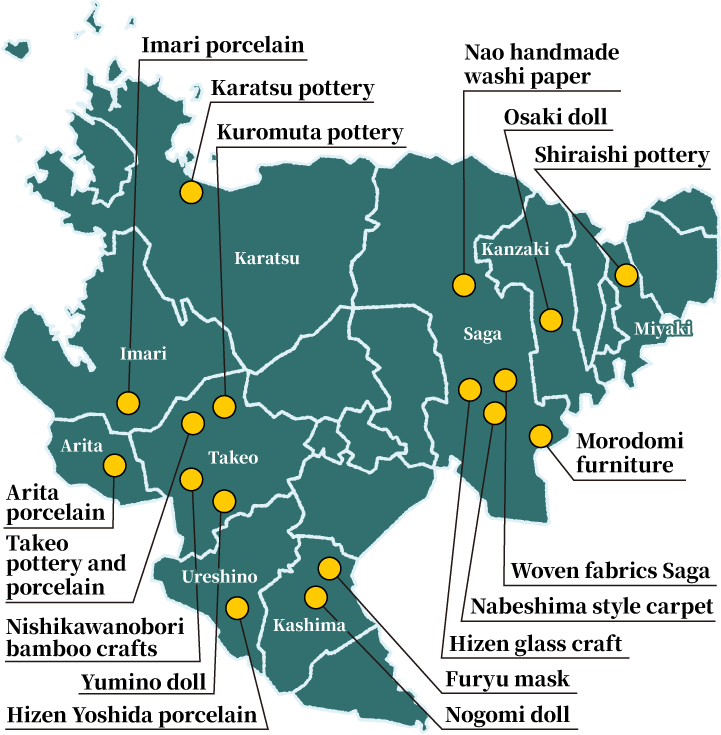

Handcrafts in Saga
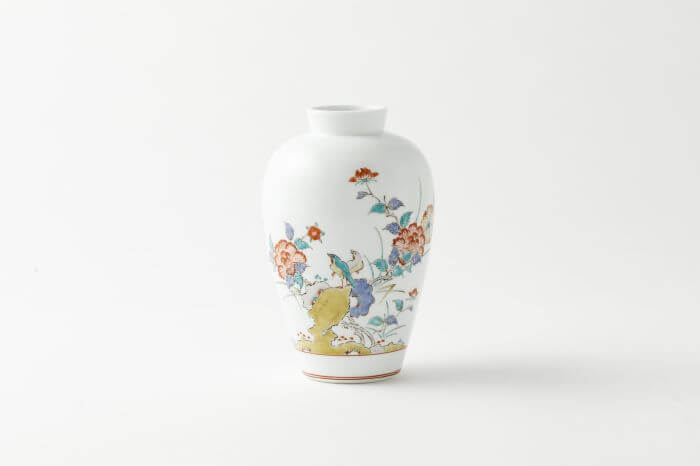
About 400 years ago, Korean potters were brought to Saga. One of them found limestone at Izumi-yama in Arita town and fashioned some objects. It was Japan’s first porcelain.
Today there are about 150 factories in Arita town and the surrounding area, and they produce tableware used in restaurants, hotels and homes all over Japan. During the 17th and 18th centuries, this porcelain was exported to Europe and South East Asia. Arita porcelain had a huge impact on European porcelain development.

Furyu-men is an ogre mask which is used at the traditional performance “Menburyu”, a tradition of the South-West part of Saga prefecture. The feature of the performance is a gallant dance taken from armed battles. A male mask and a female mask make a pair which are made of camphorwood, paulownia or Japanese cypress. It looks so fierce that people put it on their houses as a talisman. Today they do other wood carving, Kabuto (a decorative samurai helmet), Hina dolls (girl’s day dolls) and arts for Tokonoma, an alcove in a Japanese traditional room.
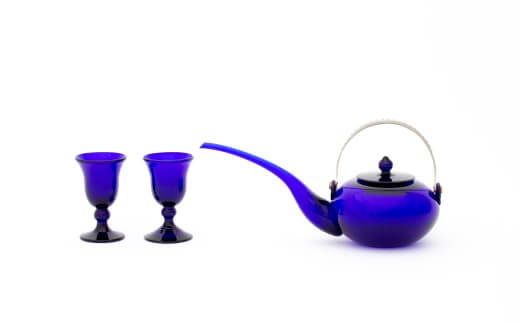
Hizen vidro is a glass craft made by blowing melted glass. It dates back to the end of the Edo period (mid 19th century). It is made by using a traditional technique called “Japan buki”, to blow melted glass with two blowing rods, that is, a kind of technique called “Chu buki” to make glass crafts without using a mold. Today, at Soejima Glass Manufacturing which inherits the traditional technique, various glass crafts such as tableware including a variety of glasses such as wine goblets, plates, and accessories are produced.
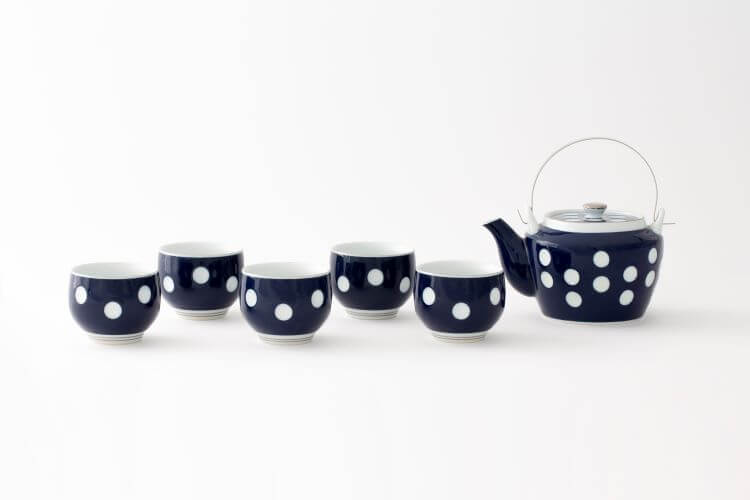
Hizen Yoshida-yaki is porcelain produced in the Yoshida district of Ureshino city. Its origin dates back to the days after Hideyoshi’s Korean invasion in the Azuchi Momoyama period (late 16th century). At that time the landlord of Saga (Hizen province) selected one Korean potter from those brought from Korea to the Yoshida district and had him make porcelain. As for Hizen Yoshida-yaki, it should be recorded that teapots and teacups with polka dots were mass-produced and were used generally at hotels and restaurants all over Japan during the rapid economic growth period in the 1960s. Today simple and user-friendly tableware such as teacups are becoming popular again with young people.
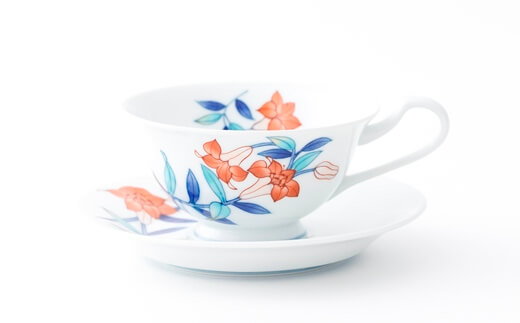
Imari-yaki is porcelain produced in Okawachi district, Imari city, and is similar to Arita-yaki. The porcelain originated as “Nabeshima-yaki” in the beginning of Edo period (late 17th century) It is the purest white porcelain with delicate paintings based on 3 colors: red; yellow; and green. Nabeshima-yaki was used as gifts for important government persons such as the Shougun, Roujuu(=ministers) and other Daimyos. Today it is called “Nabeshima-youshiki” (Nabeshima-style) and is still produced as the traditional style of Imari-yaki
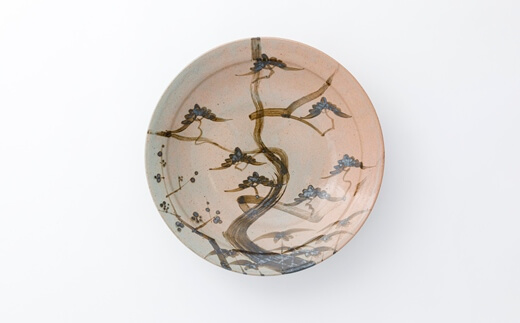
In the Azuchi-Momoyama period (late 16th century), Hideyoshi Toyotomi invaded Korea and brought back potters. Karatsu-yaki was first made in the Kitahata district of Karatsu city. Today there are about 70 factories in Karatsu city. Karatsu-yaki is popular for its tea ceremony utensils as well as tableware.
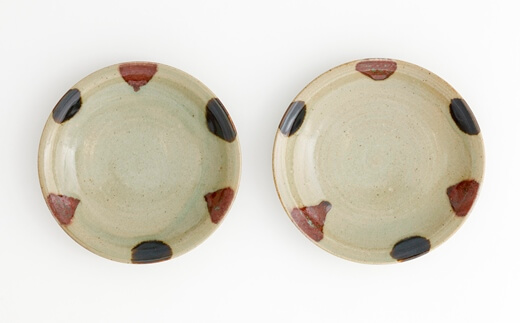
Kuromuta-yaki is pottery produced in the Kuromuta district of Takeo city. It also dates back to Hideyoshi Toyotomi’s Korean invasion in the Azuchi-Momoyama period (late 16th century) after which Korean potters started to make their pottery in Japan. Today you can see their simple and heart-warming plates and vases including pottery with abstract patterns in blue, red or dark brown colors and pottery on which plants are drawn on the milky surface.
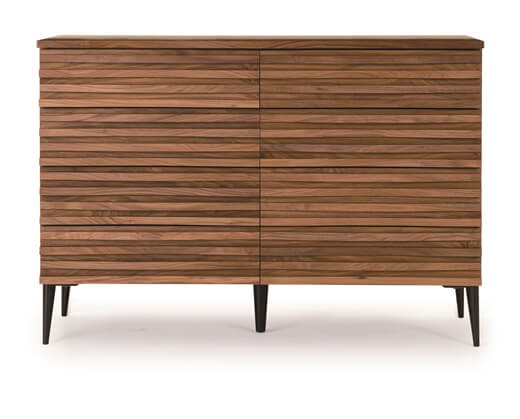
Morodomi furniture is produced in Morodomi town and its surrounding area in Saga city which is famous for furniture. The area had been a place where journey craftsmen worked with wood. After the beginning of the Showa period (mid 20th century), as the traffic infrastructure developed, new woodworking techniques were introduced to Morodomi furniture manufacturing from Okawa city in Fukuoka prefecture, one of the most flourishing furniture production cities then just across the Chikugo river from Morodomi town. This led to increased prosperity in the region. Today they produce chairs, tables, cabinets, TV stands, wooden toys etc., all of which suits a modern way of living.
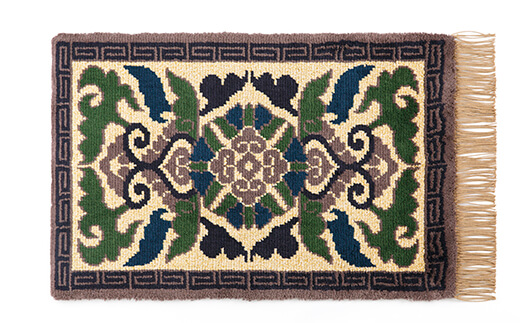
Nabeshima-dantsu was Japan’s oldest carpet in the beginning of the Edo period (late 17th century). Cotton yarn is carefully woven one thread at a time on a wooden loom. Since it is made from cotton, it is comfortable to touch and suits the warm and humid climate in Japan. It is so durable that you can use it for more than 100 years. They have various sizes of the carpet from the size of a Zabuton (a square Japanese floor cushion) to the size of a tatami mat (1.8m by 0.9m), and also have various patterns from traditional to modern patterns.
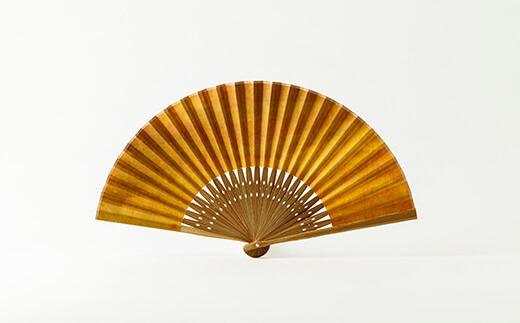
Nao-tesuki-washi, namely Nao handmade washi paper (Nao-tesuki-washi) was originally “Nao-no-Washi”, Japanese paper of Nao district, in the beginning of the Edo period (late 17th century), and developed as a side job for farmers living in a mountainous area where there is little arable land. They have grown their own paper mulberry trees which produce the raw materials of Nao-tesuki-washi. The fibers of the paper mulberry are so long that they can be closely intertwined to make paper that is very durable and has a sheen on the surface. They use this paper to make folding fans, letter sets and business card cases.
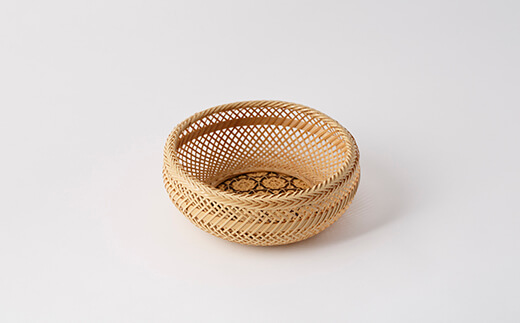
Nishikawanobori-takezaiku started as a side job for farmers in the Takase district of Takeo city in the beginning of the Meiji period (late 19th century). As the demand for war supplies and daily necessities had increased, the district became one of the largest bamboo craft areas in Japan. In recent years, however, only a small number of manufacturers have inherited the skill. Today, customers enjoy these products made of bamboo including kitchen goods such as baskets, colanders lunch boxes, living goods and home decorations.
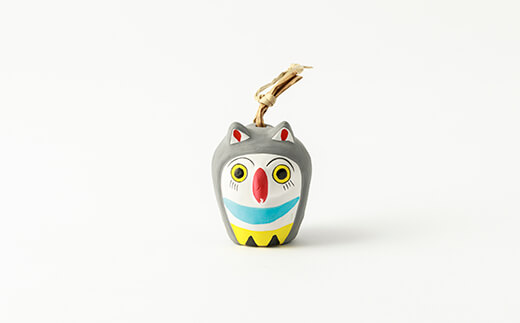
The beginning of Nogomi-ningyo dates back to just after the end of the Second World war in 1945 when a cloth dyer, Teruji Suzuta, started to make clay dolls with a wish “to comfort people’s hearts”. The dolls were originally sold as a talisman or a good-luck charm at Yutoku Inari shrine in Kashima city, and were popular there. The dolls feature a round shape and bright colors, and function as a bell. When shaken, they make simple but heart-warming sounds. There are zodiac dolls, Seven Deities of Good Luck dolls and other dolls associated with the festivals or events of the region.
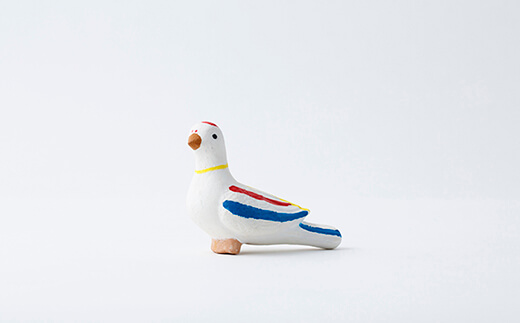
Osaki-ningyo dates back to the Mongolian invasion of Japan in the 13th century. It is said that Mongolians who had immigrated to the Osaki district of Kanzaki city made household pottery and used the left over clay to fashion whistles in the shape of pigeons as they had done in their home country. They made not only the traditional whistle but also some unique figurines such as Japanese Zodiac pottery bells, “Kachi-Garasu” (magpies, thought to bring victory), and “Sumo-tori” (Sumo wrestlers).
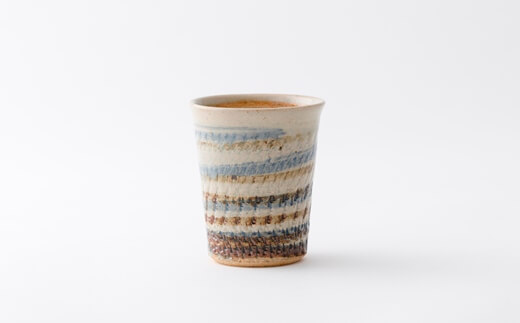
Shiraishi-yaki is pottery produced in Miyaki town, Miyaki district. It dates back to the end of the Edo period (early 19th century). The Shiraishi Nabeshima family, a daimyo of Hizen province and a clan of the Nabeshima family, brought potters from Okawachi district in Imari city and had them make white pottery. In addition, the family brought another potter from Kyoto and incorporated the Kyoto style of painting seasonal landscapes with flowers such as wild chrysanthemums and orchids. Today they make household tableware, vases etc.
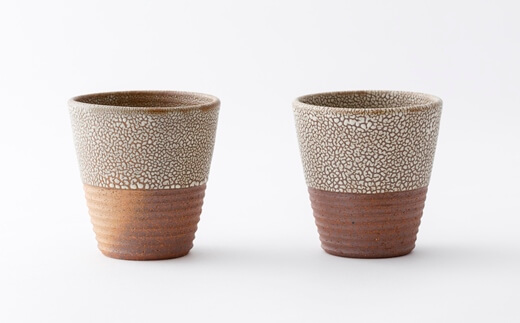
Takeo-yaki is the name of pottery and porcelain made in Takeo city. Today there are 90 factories in the city. These factories are categorized into two types: pottery called “Takeo-Kogaratsu-yaki” which Korean potters brought from Korea after Hideyoshi Toyotomi’s invasion of Korea in the Azuchi-Momoyama period (late 16th century); and the same type of porcelain as Arita-yaki.
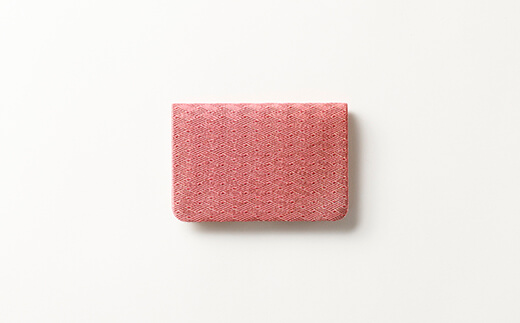
Saganishiki is gorgeous woven fabrics with the warp of sliced beaten gold and silver Japanese paper and the weft of dyed silk. It was produced about 180 years ago for the first time, and since it was called Saganishiki at the Japan-British Exhibition in London in 1910, the name became firmly established. Saganishiki artisans carefully weave fabrics one thread at a time using bamboo spatulas. They make and sell Japanese accessories, hand-bags, business card cases and Hina dolls (girl's day dolls).
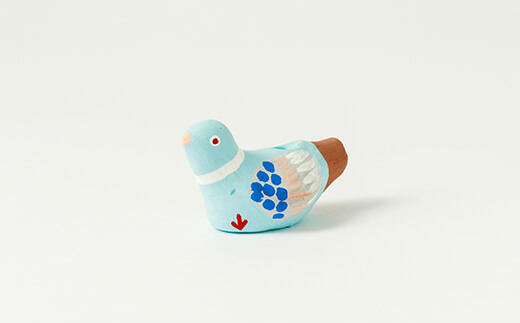
The original Yumino-ningyo was a clay doll that Kamejiro Harada, a Hakata doll maker, made in Yumino district, Takeo city in the beginning of the Meiji period (late 19th century). He was not satisfied with the finished product of Hakata dolls and opened the Eguchi doll store after having studied and trained in the art of doll making in various places in Kyushu. Today the Eguchi doll store makes seasonal dolls, arts for Tokonoma, an alcove in a Japanese traditional room, and whistles. They also produce the “Ebessan”, decoration masks which are traditionally set up in shrines in Kyoto, Osaka and Kobe
© Peace Winds Japan, All rights Reserved.